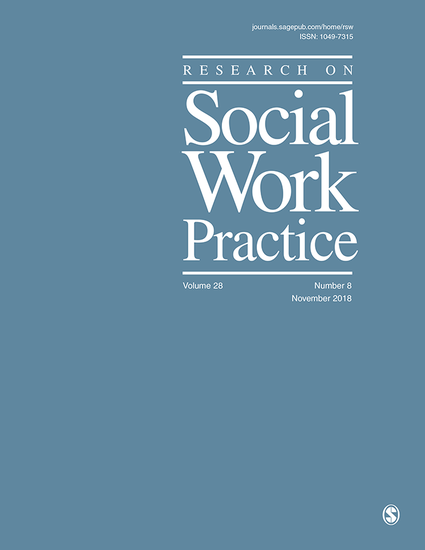
The purpose of this study is to explore the validity of a scale designed to measure HIV stigma and identify potential subscales. A nonrandom sample of 88 individuals, 44 between the ages of 20 and 39 and 44 ages 50 and older, living with HIV/AIDS were interviewed and completed a 13-item HIV Stigma Scale. An exploratory factor analysis (EFA) found 12 of the 13 items loaded cleanly into three subscales labeled as Distancing, Blaming, and Discrimination, with an overall Cronbach‰Ûªs alpha of .83. The three newly identified subscales were found to have convergent validity with social support as expected. Overall, older adults were found to have higher, but nonsignificant scores on the Blaming subscale, whereas those 20 to 39 years old had significantly higher scores related to discrimination. The 13-item HIV stigma scale can discriminate experiences of stigma in older adults and support three subscales while maintaining internal consistency.
Available at: http://works.bepress.com/charles_emlet/47/
